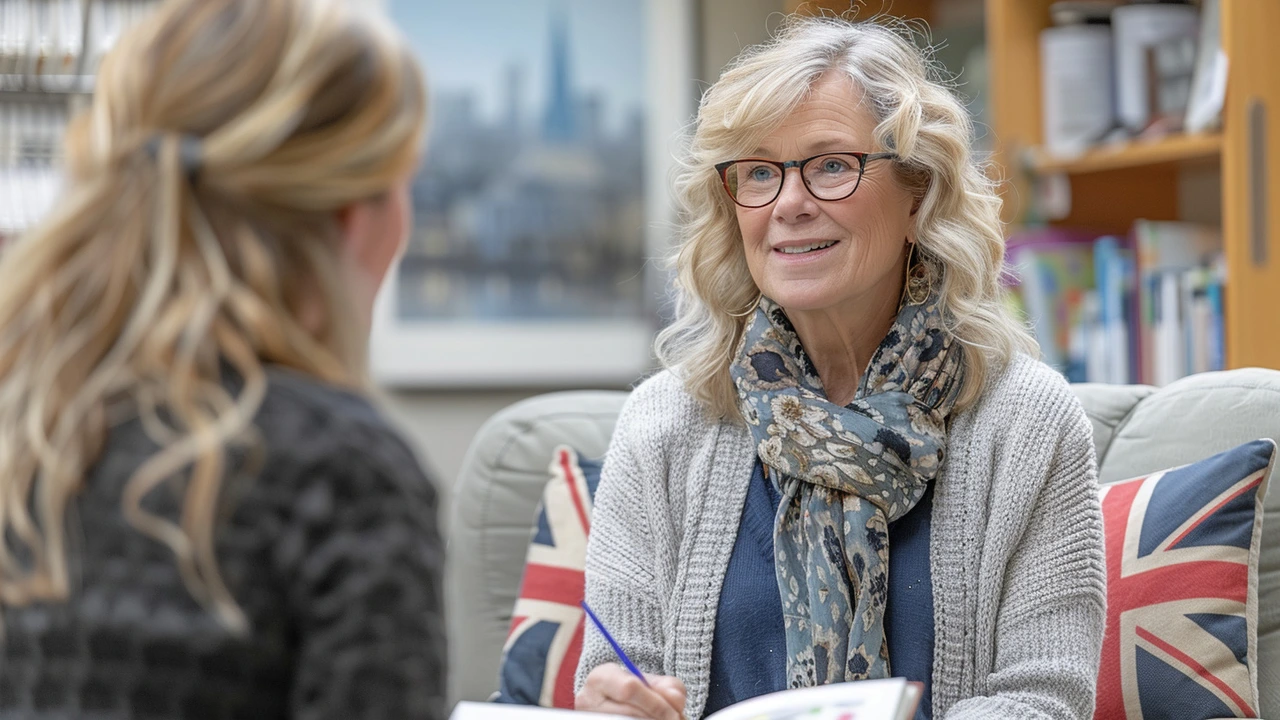Therapy: Find Practical Ways to Feel Better Fast
Therapy can change how you handle stress, pain, and daily ups and downs. You might think therapy is only talk on a couch. But modern therapy includes hands-on bodywork, breath training, biofeedback devices, essential oils, and creative arts. Each type aims to help you feel safer in your body and clearer in your mind.
Choose your focus
Do you need sleep, less anxiety, faster recovery after workouts, or better focus at work? If sleep or anxiety is the issue, short guided meditation, aromatherapy, or biofeedback sessions often give quick wins. For muscle pain and recovery try sports massage or targeted physical therapy. Want to process emotion? Art therapy or talk therapy helps.
What to expect in a first session? Most therapists will ask about your goals and daily routine. They may teach one simple technique to try at home: a breathing drill, a two-minute relaxation, a stretch, or a small journaling task. Expect homework light enough to actually do. Good therapists focus on tiny useful changes, not big vague promises.
Biofeedback deserves a quick note. It uses sensors to show heart rate, breathing, or muscle activity so you can learn to control them. People report faster stress relief because the feedback makes progress visible. Try a short supervised session before buying any device.
Aromatherapy is not magic, but it helps. Lavender and chamomile support sleep and calm. Peppermint eases nausea and boosts alertness. Use a few drops in a diffuser or on a travel inhaler, especially when flying or during tense meetings. Keep oils diluted and check for skin sensitivity.
Creative arts therapy fits people who hate talking in circles. Painting, movement, or music helps you access feelings without forcing words. You don’t need to be an artist. The goal is expression, not perfect art.
Two quick rules for finding the right therapist: 1) Look for someone who listens without rushing and gives one clear thing to try between sessions. 2) Check credentials and ask about experience with your specific issue. If it doesn’t feel right after two sessions, it’s okay to switch.
Try small experiments
Try small experiments for a month. Pick one therapy method, do it consistently, and note changes in sleep, mood, pain, or focus. Keep a simple log: date, what you tried, and one short note on how you felt. Small data helps you see real effects fast for real.
If cost or access is a problem, many schools and training clinics offer low-cost sessions. Apps and guided audio can support daily practice at home. Combine tools: a massage for recovery, short meditation for focus, and a diffuser for calm during evening routines.
Therapy is practical work. It’s less about labels and more about specific tools that help you feel better and do more of what matters. Start small, measure results, and keep what works.
If you ever feel overwhelmed, suicidal, or unable to care for yourself, reach out to emergency services or a crisis line immediately; therapy helps most people, but urgent care comes first.

How to Choose the Best Creative Arts Therapist for Your Needs
Are you searching for a creative arts therapist to help you on your journey to better mental health? This article provides valuable tips and insights on how to find the right therapist tailored to your needs, ensuring a productive and supportive therapeutic experience.
Read More